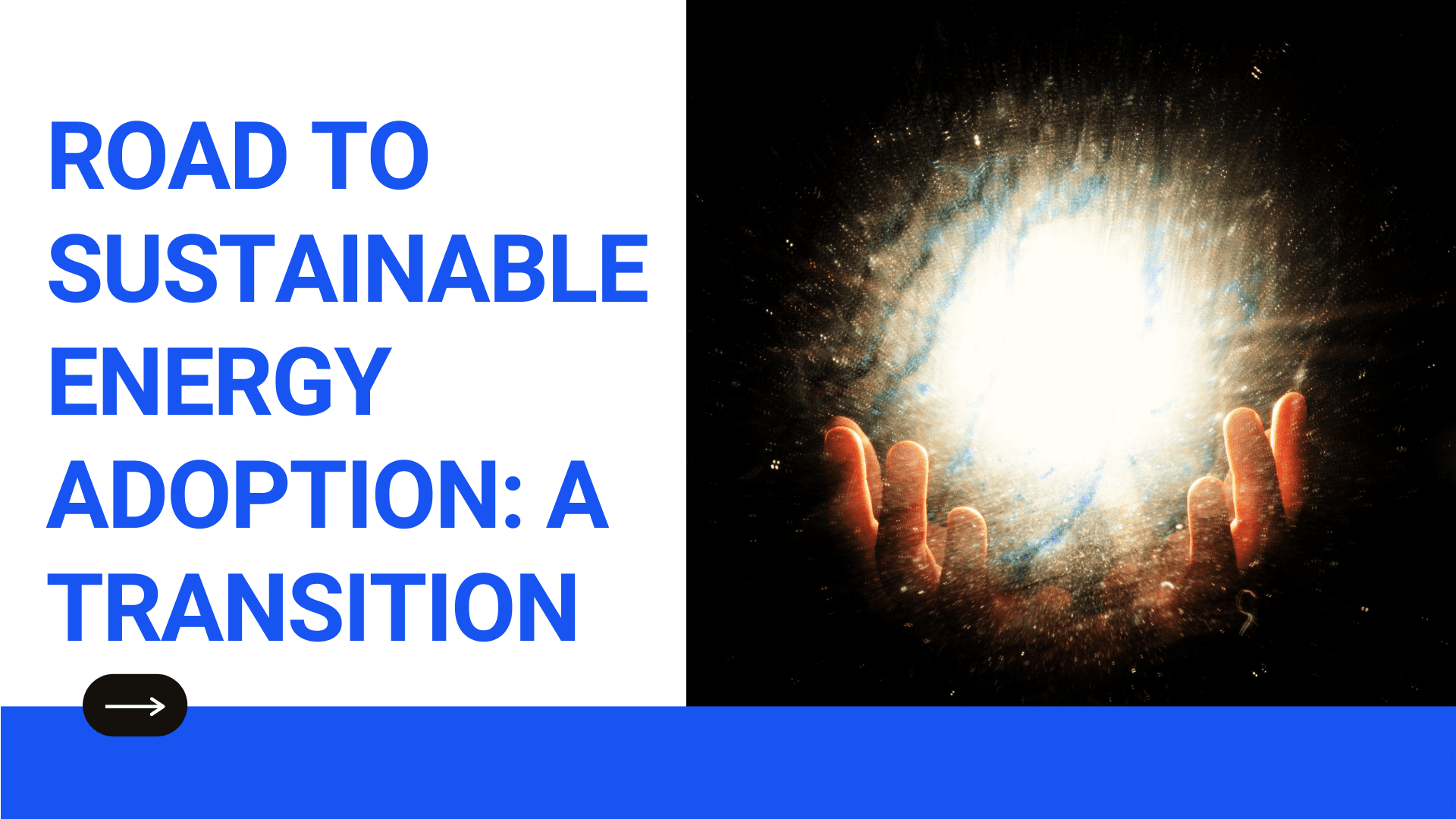With the industrial age setting its foot, the world has witnessed a growing transition which has facilitated the adoption of ways to harness and channelize energy resources for the convenience of homo sapiens. It has led to prosperity and created economic benefits. But with this comes the responsibility to inculcate sustainable ways in harnessing the energy which at present is a far fetched idea.
What do you understand about sustainable energy?
In a layman?s language sustainable energy can be understood to mean the type of energy that can be put to use again and again without having to worry about it getting depleted. The advantage that tags along the use of sustainable energy is that it is available free of cost and is present in ample amounts. To exemplify the renewable sources we can count on is inclusive of? solar, hydro based, wind based etc.

Many benefits come packed with the use of sustainable energy like it is derived from nature itself and cause no harm to it.
Sustainable energy: Technologies
In the areas where the extension of the electrical grid seems to be very expensive, improvised technologies with respect to renewable energy are playing a dominant role. Moreover they have made it a cake walk to process electricity at minimal costs. Such technologies can be categorized as related to hydro, biomas, marine etc.
Wide range of services like heat and illumination related to energy are created through the use of conversion based technologies. To exemplify few technologies can be traced as given below:
- Wind turbines: The presence of wind turbines is seen most prevalent in developing countries like India. These turbines help with the generation of electricity owing to the wind fluctuations. The most used wind turbine is the one that employs the kinetic energy of wind to pump water.
- Photovoltaic devices: The underlying process behind such devices is to render conversion of sunlight to electrical energy. The intensity of the sunlight is the deciding factor as to how much energy would be produced. They carry the potential to generate electricity even during the winter season. The cherry on the cake is that it entails minimal requirements related to maintenance.
- Solar thermal system: This system operates on the principle of using power of the sun and channelizing it into the process of heating. In solar water heating related systems the water is subjected to heat and stored in a tank. The thermosiphon system is one such technology that is not only cheap but is easy to install. Solar drying is yet another innovation that is proven to be more effective in drying than the conventional mechanism in place.
- Hydropower system: Hydropower constitutes excavating energy when water is made to fall. The energy of the water is converted to mechanical energy through the use of turbines. Hydropower can also be accessed by placing a device into a river that gets hold of the river currents.
What is the concept related to energy transition
It has come to light that many countries are now happily transitioning to renewable energy that is considered cleaner. It has been comprehended that the process of transition would require the simultaneous support of changes in the fields of economy and culture. With this in mind it must be enveloped in a packet of sustainability.
Considering the fact that the modern world is intertwined intrinsically with consumption and production of energy hence it vastly affects the behaviour of consumers.
Transition energy to be considered effective must include a transition that should occur timely and must be affordable and for better energy production and help for environment we should not forget about electronic waste recycling.
Understanding Energy transition index?
The Energy transition index covers the tracking hold of the indicators that help in measuring the performance of the energy related system and its related readiness of transition.
In addition to this, it studies the parameters about the country’s effort in creating the conditions that enable it to capture the opportunities offered by the transition of energy.
There are broadly seventeen indicators that are employed for scoring the performance of the system that are laid down keeping in mind environment sustainability and development factors.
Energy transition: steps for its effective implementation
1) The first and foremost step deals with identification and involves the engagement of influential energy sector champions including the responsible stakeholders like government and civil society.
2) The second step revolves around applying the framework that forms the fact based basis so that a clear understanding can be formed with respect to imperatives related to energy transition.
3) The third step is quite crucial that stands by establishing the operational structure to set the collaboration.
4) Thereafter, the milestones must be well defined and delivered.
5) Implementation and acceleration of formulation of policy and decision making of business.
6) This step deals with monitoring the energy system.
7) It envelops the action plans as and when required to tap on the opportunities.
Countries set to embrace energy related transition
The world is witnessing an innovative emergence of energy related transition. This sector is engulfed with the imminent idea with respect to the technologies that are carbon based at low level.
As per the energy transition index 2020, the country that occupied first place is Sweden followed by Switzerland, Finland and Denmark. The countries that are placed on top rungs entails the subsidies that are lower energy based.
Conclusion
Energy transition still awaits its success despite the presence of advancement in technologies related aspects. Therefore, it seeks the intertwined efforts of all Nations.

As the editor of the blog, She curate insightful content that sparks curiosity and fosters learning. With a passion for storytelling and a keen eye for detail, she strive to bring diverse perspectives and engaging narratives to readers, ensuring every piece informs, inspires, and enriches.










